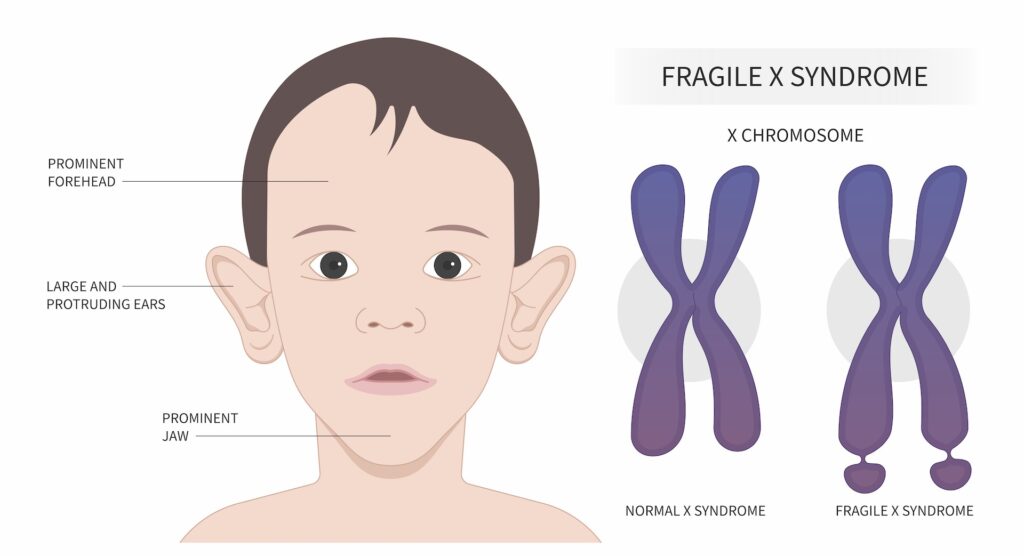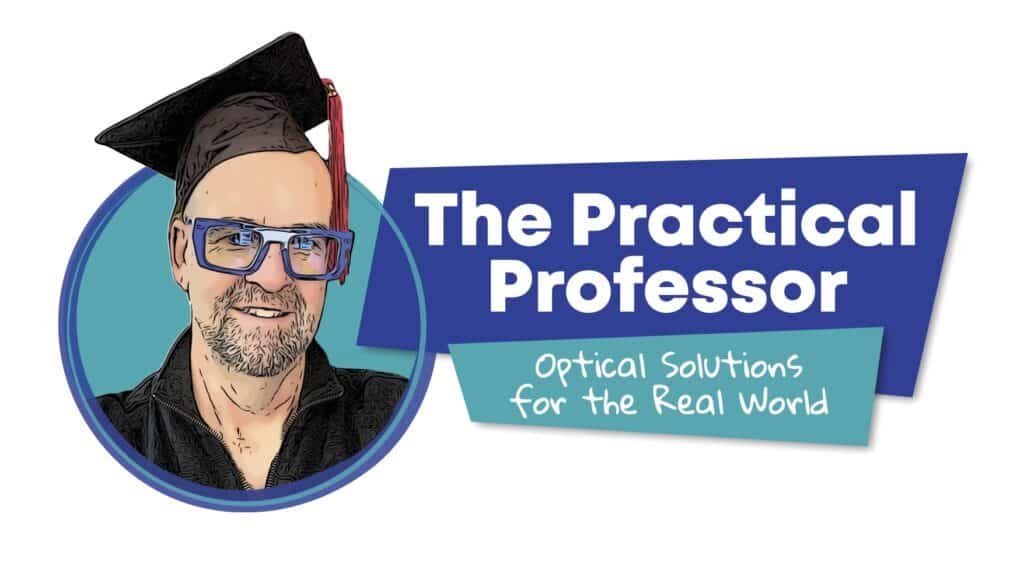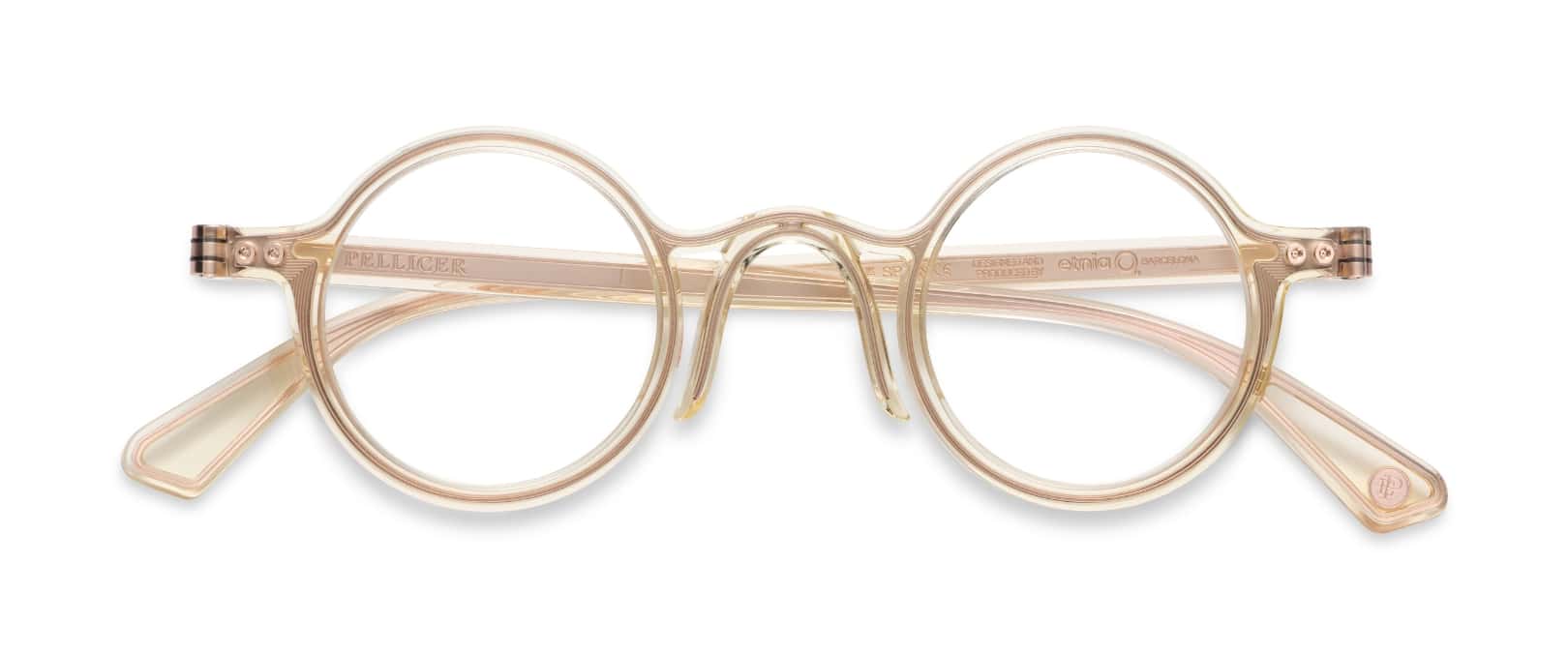ABCs of Optics: O is for Opening Eyes
Thursday, October 31 2024 | 13 h 54 min | Vision Science
This course is accredited for 1 EC for NACOR and 1 PG for COO.
NACOR #110.649, COO #4256 and CCOA #OCE-2024-134
Completion of online post-course test required at www.OptikConEd.com.
By Thomas Weissberger RO (Life member)
“Athletes with disabilities are just like everyone else. They just want to be treated fairly and respectfully.”
–Special Olympics Athlete
For the past 19 years, I have volunteered with Special Olympics Canada to provide eye care services and fit and dispense glasses to athletes and community members with Intellectual Disabilities (ID). This is just one component of inclusive health.
Inclusive health means that people with ID are able to take full advantage of the same health programs and services available to people who do not have ID. Both in the past and today, people with ID face significant challenges in accessing quality health care and obtaining opportunities that promote fitness and wellness, resulting in major health disparities and reduced life expectancy.
Special Olympics’ health programming focuses on improving the physical and social-emotional well-being of people with ID by increasing inclusion in health care, wellness and health systems for Special Olympics athletes and others with ID.
Despite the severe need and higher health risks, people with ID are often denied health services and die on average 16 years sooner than the general population.
One of the main reasons for this lack of healthcare is that many professionals are either uncomfortable or lacking the knowledge in dealing with those with ID.
What Is an Intellectual Disability?
Intellectual disability (or ID) is a term used when a person has certain limitations in cognitive functioning and skills, including conceptual, social and practical skills, such as language, social and self-care skills. These limitations can cause a person to develop and learn more slowly or differently than a typically developing person. Intellectual disability can happen any time before an individual is 22 years old, and even before birth.
Intellectual disability is the most common developmental disability.
According to the American Association of Intellectual and Developmental Disabilities, an individual has intellectual disability if he or she meets three criteria:
- IQ is below 70.
- There are significant limitations in adaptive behavior in one or
more of the following areas: conceptual, social or practical skills
(skills that are needed to live, work, and play in the community). - The condition manifests itself before the age of 22.
How Do Intellectual Disabilities Happen?
Intellectual disability—formerly known as mental retardation (a term that we no longer use due to derogatory connotations)—can be caused by injury, disease, or a problem in the brain; but for many children, the cause is unknown.
Some causes of intellectual disability—such as Down syndrome, Fetal Alcohol Syndrome, Fragile X syndrome, birth defects, and infections — can happen before birth. Some develop while a baby is being born or soon after birth. Other causes of intellectual disability occur when a child is older; these might include severe head injury, infections or stroke.

The most common causes of intellectual disabilities are:
Genetic conditions.
Sometimes an intellectual disability is caused by abnormal genes inherited from parents, errors when genes combine, or other reasons. Examples of genetic conditions are:
Down syndrome
Down syndrome is the term for a set of cognitive and physical symptoms that can result from having an extra copy or part of a copy of chromosome 21. It is the most frequent chromosomal cause of mild to moderate intellectual disability, and it occurs in all ethnic and economic groups.
The degree of intellectual disability in people with Down syndrome varies but is usually mild to moderate. Generally, children with Down syndrome reach key developmental milestones later than other children.
Some of the common eye and vision problems in children with Down syndrome include:
- Accommodation difficulties
- Strabismus
- Keratoconus
- Tear duct abnormalities
- Early age cataracts
Fragile X syndrome
- A genetic disorder that is the most common form of inherited intellectual and developmental disability
- Fragile X syndrome is a genetic disorder that affects development, especially behavior and ability to learn. In addition, Fragile X can affect communication skills, physical appearance, and sensitivity to noise, light, or similar information.
- People with Fragile X syndrome may not have noticeable symptoms, or they can have serious symptoms that range from learning disabilities to cognitive and behaviouur problems.

Causes of Fragile X Syndrome
Fragile X results from a change or mutation in the Fragile X Mental Retardation 1 gene, which is found on the X chromosome. About 1 in 4,000 males and 1 in 8,000 females have Fragile X syndrome.
Symptoms of Fragile X
Individuals with Fragile X don’t all have the same signs and symptoms, but they do have some features in common:
- Cognitive functioning. Problems can range from mild, such as learning disorders or problems with mathematics, to severe, such as an intellectual or developmental disability. The syndrome may affect the ability to think, reason, and learn.
- Physical features. Most infants and young children with Fragile X don’t have specific features connected to the syndrome. But when they start to go through puberty, many will begin to develop physical features that are typical of those with Fragile X, including: a narrow face, large head, large ears, flexible joints, flat feet, and a prominent forehead.
- Behavioral, social, and emotional. Most children with Fragile X have some behavioral challenges. They may be afraid or anxious in new situations. They may have trouble making eye contact with other people.
- Speech and language. Most boys with Fragile X have some problems with speech and language. They may have trouble speaking clearly, may stutter, or may leave out parts of words. Girls usually do not have severe problems with speech or language. Some children with Fragile X begin talking later than typically developing children. Most will talk eventually, but a few might stay nonverbal throughout their lives.
- Sensory. Many children with Fragile X are bothered by certain sensations, such as bright light, loud noises, or the way certain clothing feels on their bodies. These sensory issues might cause them to act out or display behavior problems.
Phenylketonuria (PKU).
PKU is a rare genetic disorder that causes an amino acid called phenylalanine to build up in the body.
- Phenylalanine is found in foods that contain protein and theartificial sweetener aspartame. High levels of phenylalanine can cause serious health problems, such as intellectual disability, seizures, and skin rashes.
Complications during pregnancy.
An intellectual disability can result when the baby does not develop inside the mother properly. A woman who drinks alcohol (Fetal Alcohol Syndrome) or gets an infection like rubella during pregnancy may also have a baby with an intellectual disability.
Fetal alcohol syndrome causes brain damage and growth problems. The problems caused by fetal alcohol syndrome vary from child to child, but defects caused by fetal alcohol syndrome are not reversible.
Problems during birth.
If there are complications during labour and birth, such as a baby not getting enough oxygen, he or she may have an intellectual disability.
Diseases or toxic exposure.
Diseases such as whooping cough, measles, or meningitis can cause intellectual disabilities. They can also be caused by extreme malnutrition, not getting appropriate medical care, or by being exposed to poisons like lead or mercury.
We know that intellectual disability is not contagious: you cannot catch an intellectual disability from anyone else. There are no cures for intellectual disability; however, individuals with intellectual disabilities can learn to do many things, they may just need to take more time or learn differently.
How Common Are Intellectual Disabilities?
Approximately 6.5 million people in the United States have an intellectual disability, and almost 700,000 in Canada. Approximately one to three percent of the global population has an intellectual disability -as many as 200 million people. Intellectual disability is significantly more common in low-income countries. The United Nations Development Program estimates that 80 percent of all people with disabilities live in low-income countries. While people with disabilities represent approximately one in 10 people worldwide, they are one in every five of the world’s poorest people.
10 Tips for Working With People With Intellectual Disabilities (from Special Olympics International) and my personal observations over the years:
- Do not call them kids. Our athletes range from ages 2 to 78 or older! –We sometimes forget that we may be dealing with adults not children because of preconceived notions of their intellectual capabilities.
- Use clear, simplified language and try speaking slower, not louder. Our athletes have an intellectual disability of varying degrees, but they are not all necessarily hard of hearing, speaking more loudly will not make them understand you better. –Similar to talking with someone that is not fluent in our language, talking louder does not make it clearer to the listener; however, be ready to explain in terms that are more easily understood. Adjust your delivery of message to the needs of the athlete.
- Set expectations. Many of our athletes need to know ahead of time what will happen. As you go through your procedures, describe what you will be doing now and perhaps the next one or two steps that will follow as well. Often, you must demonstrate a procedure, not just explain it; show them that it will not affect them negatively or cause them discomfort.
- Treat them as you would your peers. Do not speak down to them. They love a good joke, teasing, or challenge just like we do. –Don’t hesitate to have fun in your interactions with them, it helps to make them more attentive and responsive, and willing to have their health looked after.
- Draw boundaries. Do not allow them to get away with bad behaviour—just as you wouldn’t allow someone without intellectual disabilities to behave badly. –Many with ID do not have as good control on personal behaviour, so understand what they are capable of but do not let them push past boundaries you consider acceptable.
- Ask them their thoughts and allow them to answer. Don’t put words in their mouths. –Many people with ID love to have a conversation and share their ideas and thoughts, it just might take a bit more effort to understand.
- Ask if you can help them before acting and assuming they actually need help. –All too often we lose sight of their capabilities and abilities. Let them try before you intervene.
- Expect to get a lot of questions. Many of our athletes are very curious about you and what you are doing. If the questions get too invasive, it’s okay to say, “I’m not comfortable with answering that.” –Questions can devolve into personal ones that should not be answered, but remember, they are not prying, they just enjoy the communication.
- Have fun and enjoy their candor! Be prepared for their bluntness. Our athletes are very honest. –They don’t have the same social filters that we tend to have. They will say what is on their minds even if to us it seems inappropriate. It’s ok!
- Be enthusiastic, upbeat, and professional. And if it’s overwhelming, it’s also okay to ask for a break to reset where your mind is. –When you seem overwhelmed, remember the good you are doing by helping those that many others won’t, and at the end of the day you will realize it is them helping you to feel better about yourself, not just you helping them!
Eyeglass Considerations and Adaptations
- Plastic or rubber frames are best for kids. Elastic straps help keep the glasses in place and kids will fiddle with their glasses less. If you choose a metal frame, make sure it is durable and has spring hinges. For adults, metal frames can give a better fit, as many times, especially in those with Down Syndrome, they have very small bridges where an adjustable nose-pad guard arm will ensure a more comfortable outcome.
- When you pick out glasses for a child or person with ID, talk with the parents/caregivers as well as with the wearer about which materials best fit their lifestyle. Should they consider a specialized pair of sports glasses? Should they have metal or plastic frames? What about special straps and loops to help glasses stay secure? Or special polycarbonate lenses for added durability (this one is crucial for safety)?
- Proper fit is critical to successful glasses wear and adjustment. Make sure that the glasses fit perfectly and that they are comfortable to wear. A major issue to look for is the fit on the nose. If any gaps exist between the bridge of the frame and the bridge of the nose, the weight of the lenses will cause the glasses to slide down.
- Stay-puts go on the end of the glasses and sit right behind the ears. Having a non-slip silicone or adjustable strap that goes behind the head and keeps the glasses in place is also recommended.
- Always take as much time as needed for both the wearer and caregiver to understand both the use and care of the eyeglasses.
- Reinforce how good the wearer looks in the glasses to make them more willing to wear the glasses properly.
Ultimately, it is for us as professionals to determine our level of involvement in helping those with ID see better, but it is also our duty to do so when we can. After twenty years I have come to realize that it really is not an effort, but the result is always very rewarding.

The Practical Professor: Optical Solutions for the Real World
I am a second generation optician and have made all aspects of opticianry and optics my life. I have over 10 years of teaching experience as a former professor in the Dispensing Opticians’ program at Seneca College and at Georgian College. I was also responsible for modernization of the optical curriculum.
I am a trainer and trainee (One never stops learning!), and I am available to share my knowledge and experience with today’s eye care professionals. As the owner of Special Eyes Optical Services, I am dedicated to supporting the optical industry. You can reach out to me at Tom@SpecialeyesOpticalServices.com.
Want to see more like this article? Subscribe to our FREE print magazines and e-newsletters!









